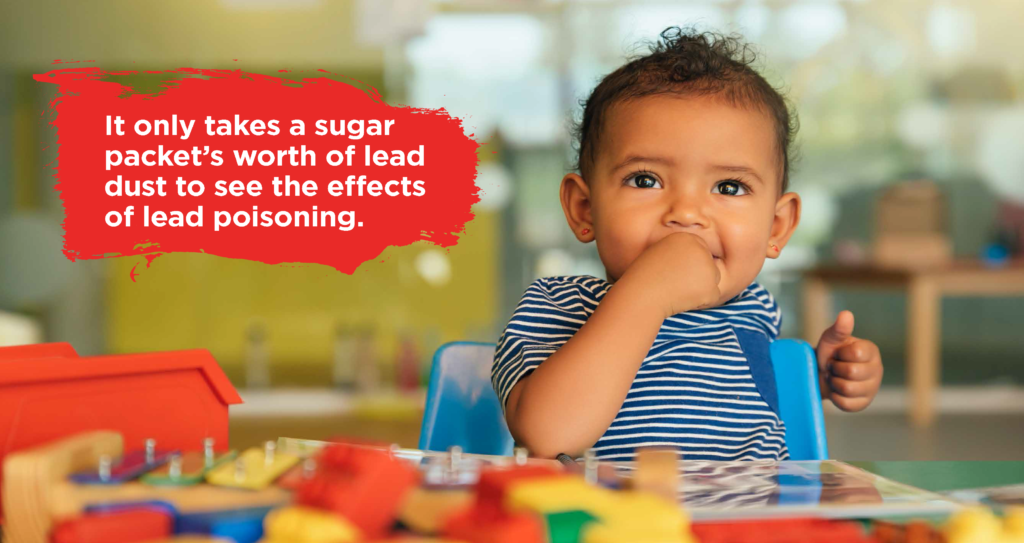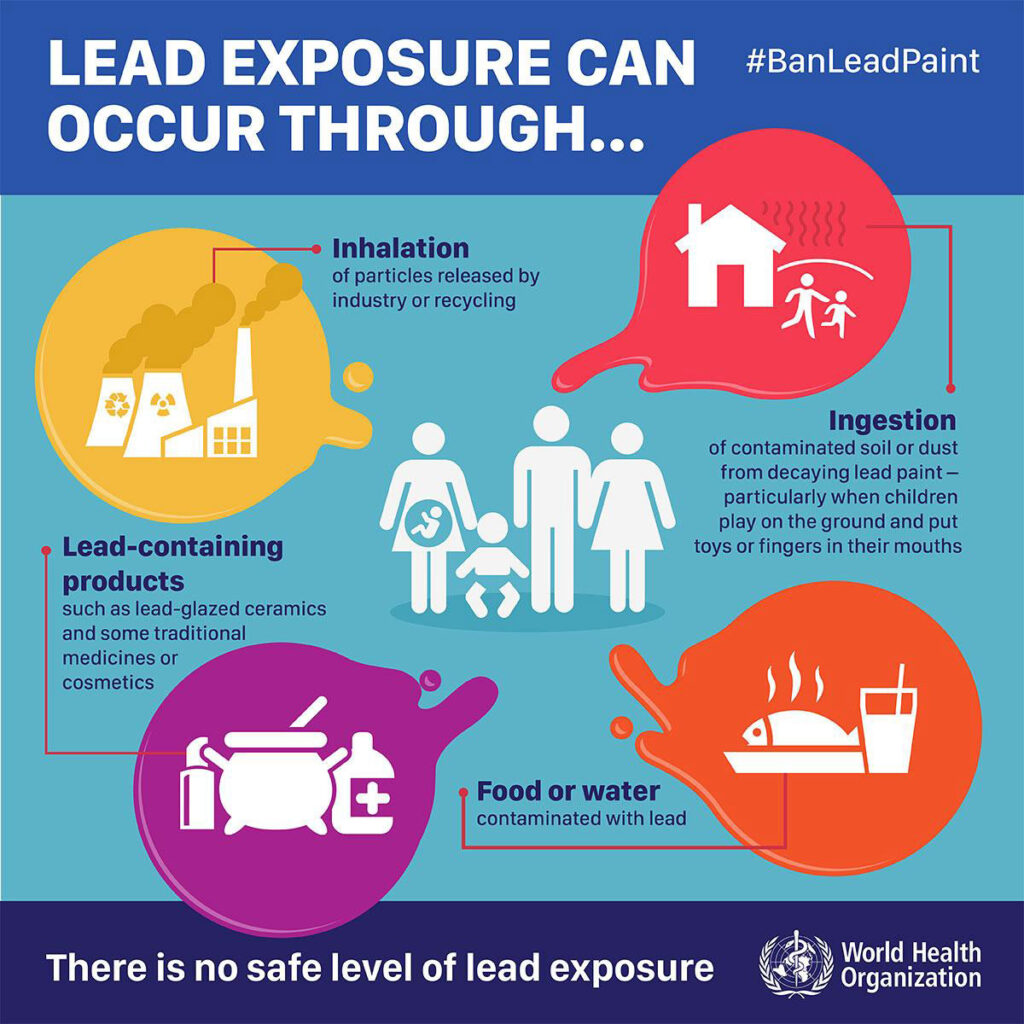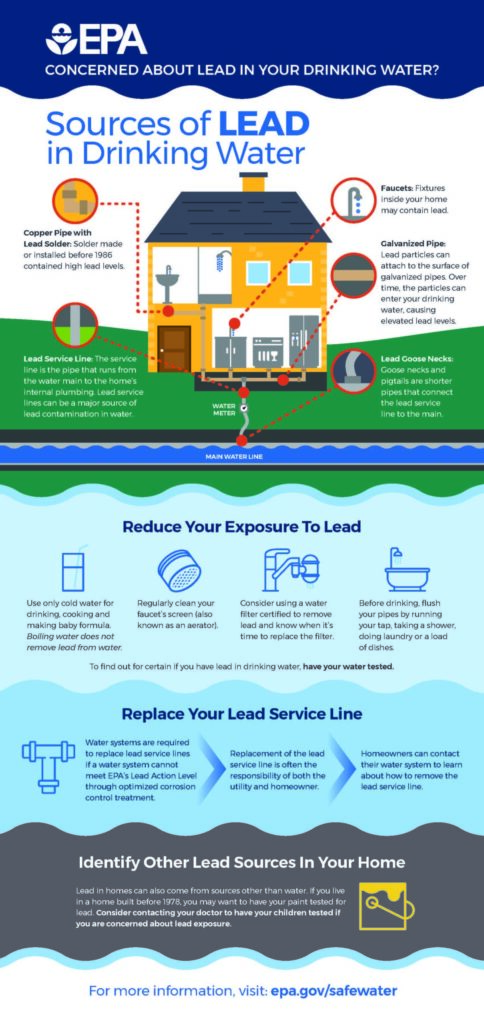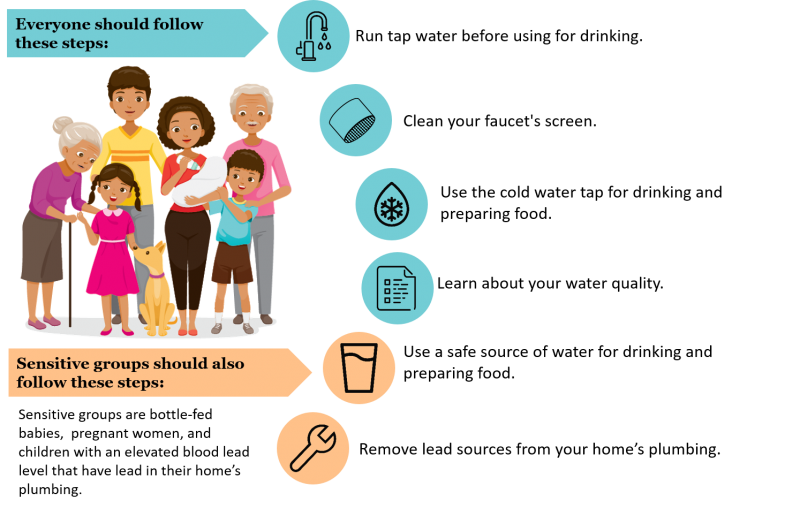

Find the latest Lead recalls below
Lead and Children



Lead and Pregnancy
How can lead affect your unborn child?
Lead stored in your body can be released from your bones and passed to your unborn child.
Possible affects on your unborn child may include:
- Damage to the developing brain
- Being born too soon
- Slowed growth
- Learning and behavior problems
How can lead affect a pregnant woman?
Possible affects of lead to a pregnant woman:
- High blood pressure
- Miscarriage
Housekeeping tips to reduce Lead exposure
Lead in Foods, Cosmetics, and Medicines
Lead is sometimes found in foods, candies, spices, cosmetics, and traditional medicines or ceremonial powders.
Commonly identified items that may contain lead:
Food/candies
- Some candies (containing chili powder and Tamarind)
- Chapulines (grasshopper snacks)
Spices
- Curry powder
- Chili Powder
- Tumeric
- Paprika
Cosmetics/ceremonial powders
- Kajal
- Kohl
- Surma
- Kumkum
- Sindoor
Home remedies
- Azarcon
- Paylooah
- Greta
- Ghasard
- Ayurvedic remedies
Parents may bring lead into the home from certain jobs or hobbies (“take home exposure”) such as:
- Stained glass
- Casting ammunition
- Lead industry
- Game meat
- Recycling material
- Glass manufacturing
- Valve and pipefitting
- Bridge, tunnel, and elevated highway construction
- Refinishing furniture with finishes containing lead
- Pottery making
- Hazardous waste
- Jewelry making
- Mining
- Brass or copper foundry
- Automotive repair
- Operating industrial machinery or equipment
- Target shooting
- Radiator repair
- Welding
- Firing range
- Abatement/cleanup of buildings
- Chemical preparation
- Battery manufacturer or repair
A list of recalls from the FDA can be found here
Lead in Drinking Water

To have your water tested for Lead, Contact here
Before it was banned in 1987, lead was commonly used to make plumbing materials such as pipes, solder, and a variety of brass pipes, fixtures, and fittings. Lead from these plumbing materials can enter drinking water because of corrosion or wearing away of the metal. The most significant contributor to lead contamination in drinking water is lead water pipes called service lines that connect homes or buildings to the public water supply.
